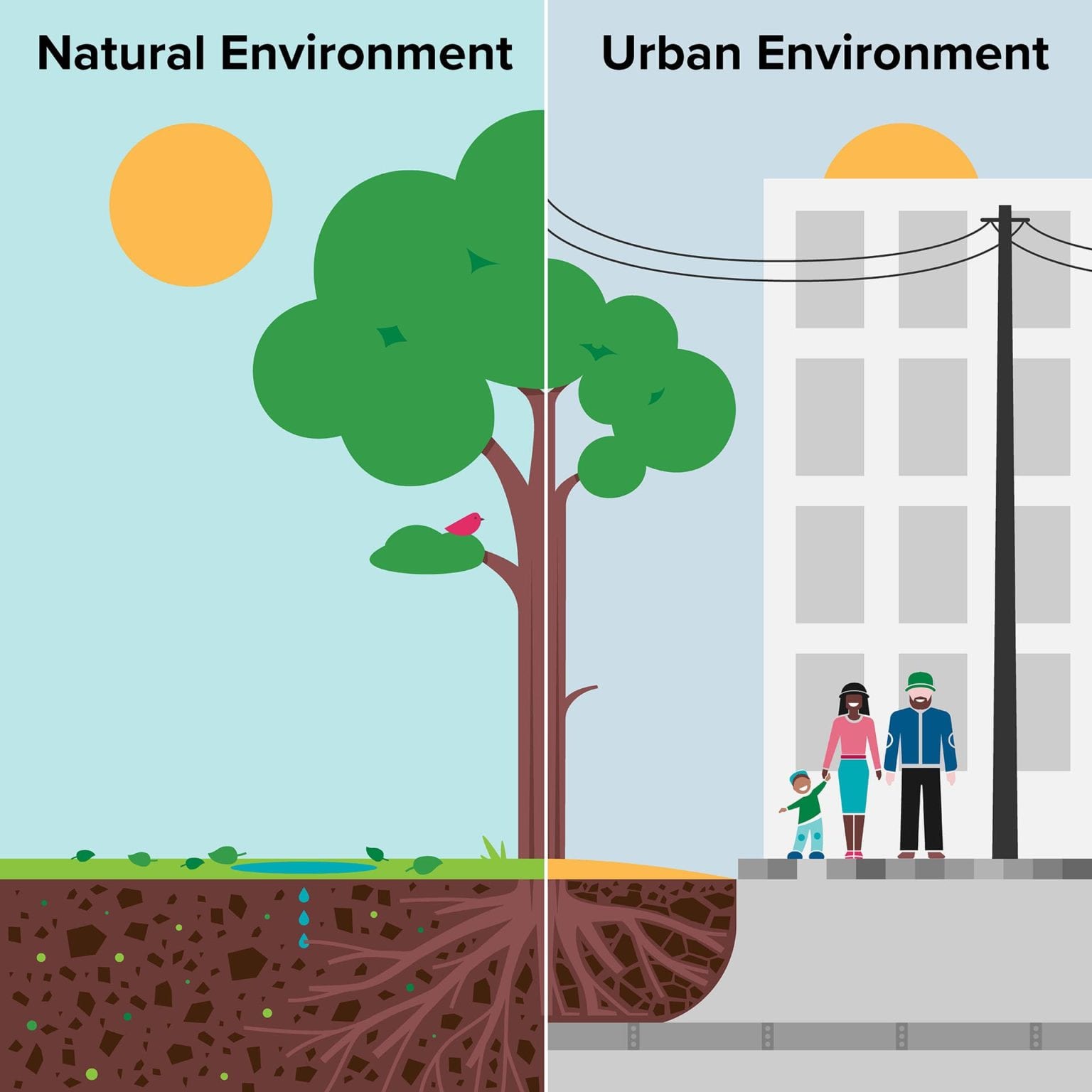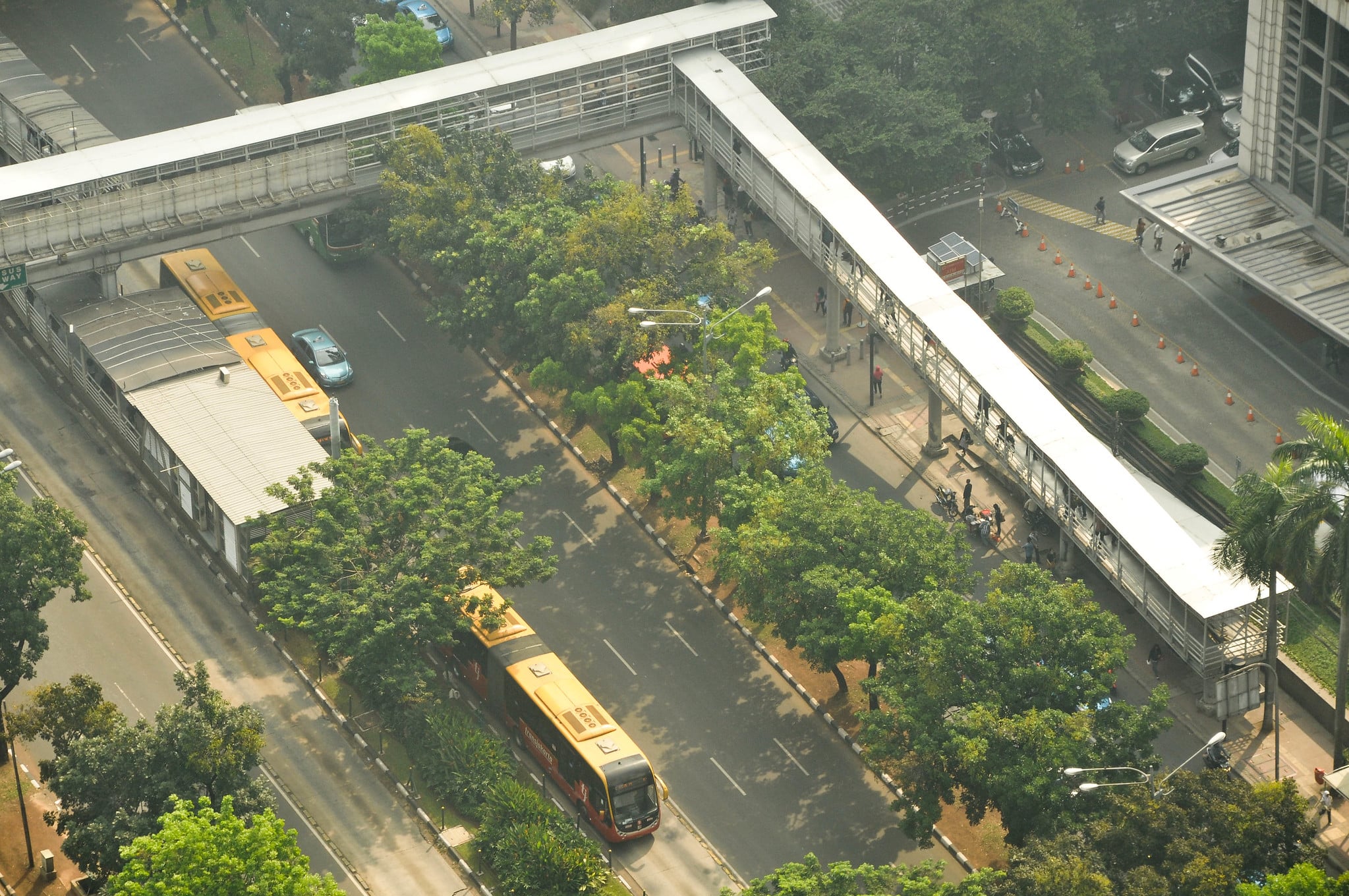3 / 28
- Difficult growing conditions. Urban environments create challenging conditions for tree growth. Exposure to pollutants, high temperatures, extreme drought and inundation, and limited space above- and below-ground inhibit proper root and crown formation and increase susceptibility to insects and disease.
- Insufficient resources for proper care. Proper maintenance is critical to a thriving urban forest, but it demands time, resources, and coordination from municipal governments. It may also be difficult to prioritize for financially constrained private property owners. Limited resources also hinder efforts to inventory public and private green space. In some cases, the maintenance responsibility of trees and forests may be unclear due to limited details of land ownership or tenure.
- Encroachment from development. Pressure from development—either as expansion or infill—often results in loss of urban forest canopy and other green spaces.8
- Incomplete public understanding of the benefits provided by the urban forest. Urban trees are often viewed as a financial burden or risk, but the benefits they provide may be poorly understood and undervalued by the public and by decision-makers.6

All green infrastructure requires careful installation and plans for long-term maintenance, to avoid damage to roads, sidewalks, and property.7 Along with regular care, the right policies, plans, regulations, and institutional arrangements can help to sustain healthy urban forests and deliver important benefits to people.
3 / 28











